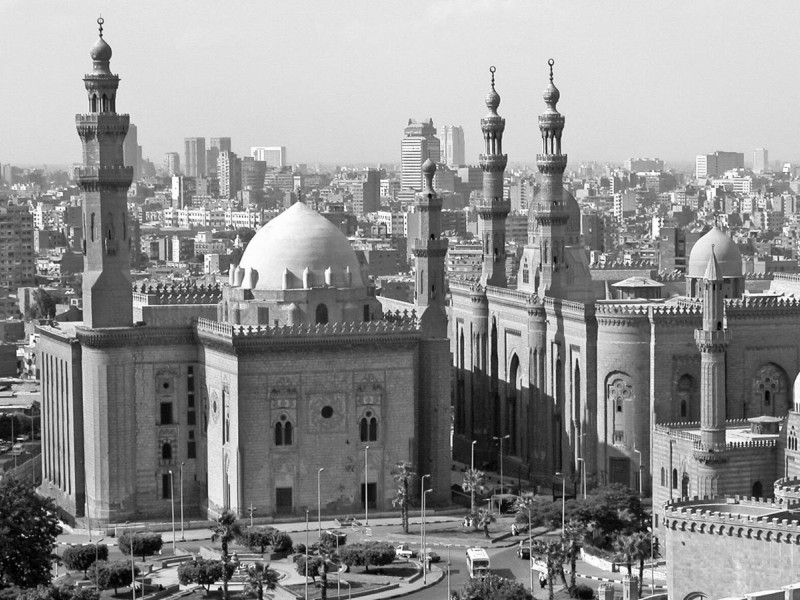The Many Faces Of Truth
As much I would like to think that there is only one, single truth to one’s view and the rest are false, the reality is that that’s not necessarily true. Particularly, in regards to social fabrics of human endeavours, such as in art, literature, law, politics and religion, there are many truths.
In this page, I will just concentrate on the truth in regards to religion; or in other words, “spiritual truth”.
I find that many people confuse truths with facts or proof. Sometimes truth and facts are the same, but sometimes they are not necessarily so.
Truth is, to my mind, largely subjective. It is a matter of perception. Truth may be true for one person, but may not be true for another. Therefore faith is related to truth.
Proof or facts, on the other hand, represent a search for something that is both concrete and conclusive; therefore efforts can be made to be more objective. Proof is proving or disproving if the truth can be supported with conclusive evidence.
And as far as the human experience goes, we can never be 100% objective.
My personal favourite motto, which I made up a couple of years ago, in regards to the “truth”:
There are many truths,
And there is no truth.
This motto, I know, is both illogical and contradictory. So please allow me to explain this weird motto, though I doubt that I can explain this motto as clearly or concisely as I would like to.
How can there be “many truths”? And yet, at the same time, how can there be “no truth”?
I've been to a forum where Christians and Muslims argue, often heatedly, about their religion being the “right one”. Each religious person would argue vigorously and incessantly about how their scripture is the only one to hold the truth and divine will or message of their God, so that all other religions and scriptures are false.
They even argue among themselves, so there is a large amount of infighting. Catholics, Protestants, Anglicans and Orthodox have fought over the issue of which is the true church. Catholics have their truths; the Orthodox have their own set of truths, and the Protestants have their truths. Mormonism, or the Church of the Latter-Day Saints, has their own additional scripture, the Book of Mormon, and they say that they are the true church.
In Islam, the Shiite Muslims and Sunni Muslims often clash. Judaism, Islam, Hinduism, Buddhism and so on, have different beliefs, therefore each would have their own set of truths.
And even in atheism, they say that their own set of rules and belief or truth is that there are no gods. They don’t believe in any afterlife, so there is no heaven and hell.
So as you can see from the above examples, this half of the motto – “many truths” – certainly rings true.
But how does the other half of my motto “fit in” to this.
Well, when I speak of “no truth”, I don’t necessarily mean that there is “no truth”. I am actually referring to religion or theism having no single, unifying truth; in other words, there is no Ultimate Truth.
Seemingly both Christianity and Islam worship the same God as that of Judaism, but they argue that their scriptures are the only true representation of that God. Despite the similarities in the three Abrahamic religions, their separate truths leave them all without one Ultimate Truth.
So, which religion or sect holds the “truth?”
Agnostics don’t believe in any “ultimate” truth or reality. As I had said before, truth, unlike fact, is like faith, a matter of perspective, and impossible to prove.
I have come across people who say that faith doesn’t need to be proven for it to be true. To my mind, that doesn’t seem logical. If something can’t be proven, then how can it be claimed that they have the truth, without conclusive and quantitative evidence.
I have heard people use the argument of air when they tried to prove the existence of a God who can’t be seen. Air, so they say, can’t be seen, but it is there, and therefore it is true. If such things that are invisible can still exist, then so can the existence of God.
But I find fault with this example.
Air can be proven, simply by trapping air in a container, such as a balloon. Air has mass and volume, for it will fill the container. God doesn’t. You can measure air – to determine its mass, weight, volume – but the same can’t be said about God. And though in normal circumstance, air can’t be seen, it certainly can be felt on the skin, especially the wind blowing air around. God can’t be seen, heard or felt, since he has not made his presence known to everyone, except to prophets.
How do you prove the words of prophets, saints and divine messengers in the scriptures that God does in fact exist? This can only be accepted through faith.
By Jimmy Joe



